Living in a big city can be filled with opportunities for career growth, cultural experiences and vibrant social life. But, among the glamour of urban life lies hidden costs that many people don’t consider when deciding to move to a big city. We look at 19 hidden costs of living in big cities that you may not have considered:
Higher Rent and Housing Costs
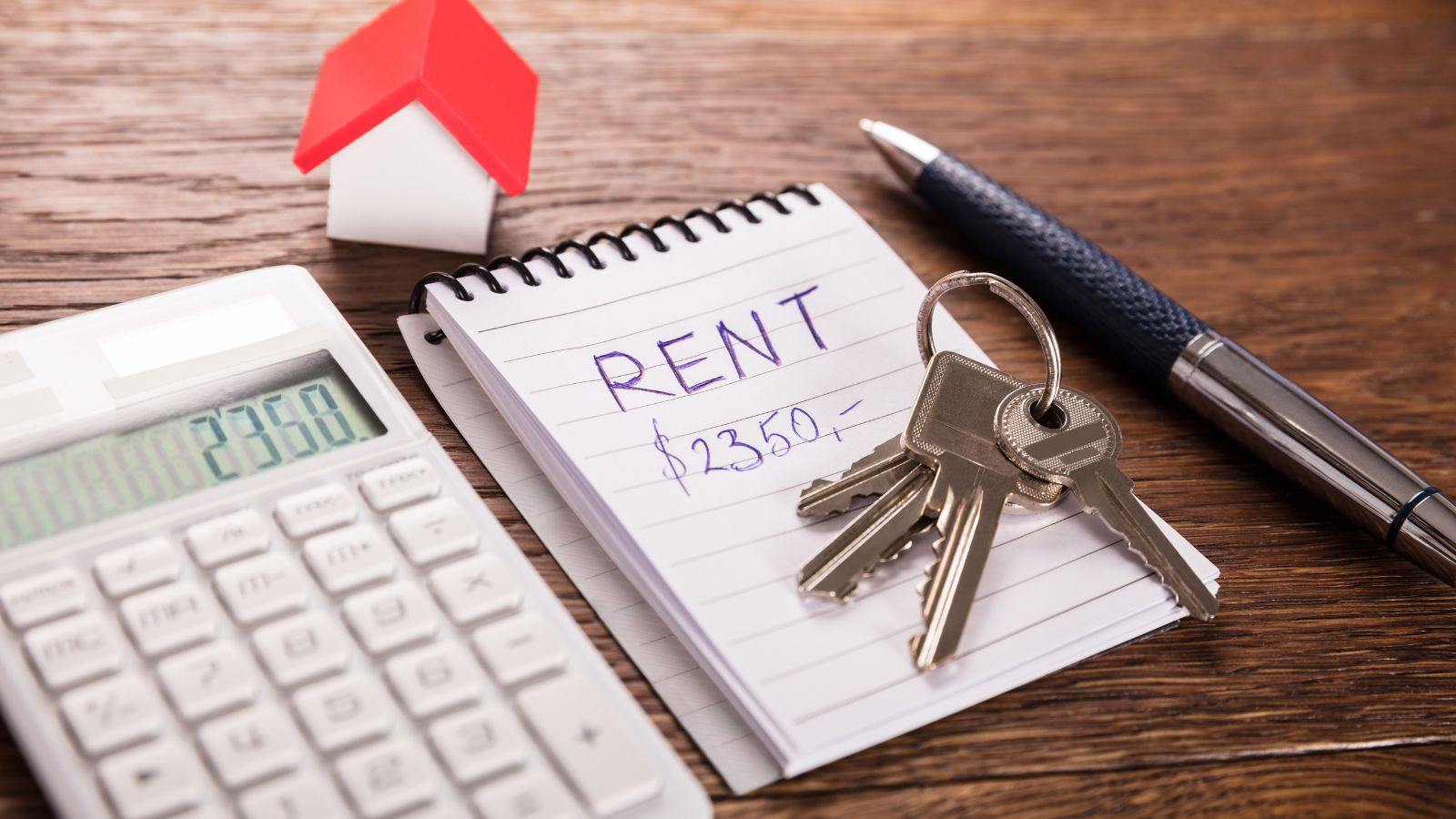
The most obvious cost of living in a big city is the significantly higher rent and housing prices. Major urban areas like New York City, San Francisco and London have some of the highest real estate prices globally. In many cities, rent can consume a significant portion of your monthly income, leaving less room for savings and other expenditures.
Utilities

With higher housing costs come higher utility bills. In big cities, apartments are often older and less energy-efficient, leading to elevated heating, cooling and electricity bills. Utilities can easily become a burden, especially during extreme weather conditions when heating or cooling is necessary around the clock.
Public Transportation Costs

While big cities typically have well-developed public transportation networks, frequent commuting can add up. Monthly metro or bus passes can be expensive and if you’re using ride-sharing services, the costs can soar even higher, particularly during peak hours or bad weather.
Parking Fees
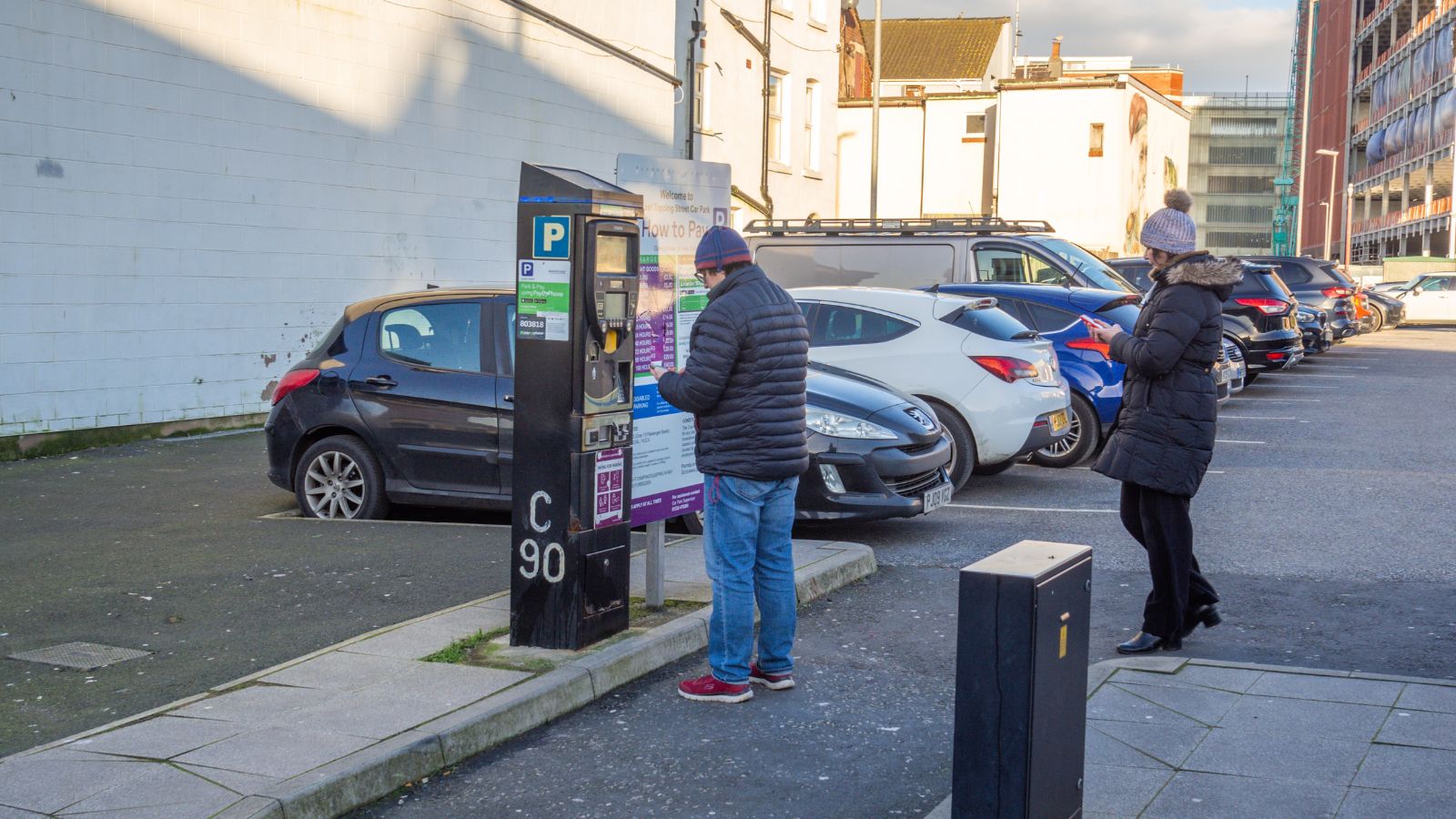
For those who own cars, parking fees are another hidden cost. In big cities, parking can be scarce and expensive, often requiring monthly payments for a space in a garage or risking hefty fines for parking violations. Cities like New York or Chicago can charge hundreds of dollars a month for parking alone.
Tolls and Congestion Fees

Many big cities impose tolls or congestion fees to reduce traffic and pollution. Cities like London and Stockholm have implemented congestion pricing, making it costly to drive in certain areas. These fees can accumulate over time, especially if you need to commute by car regularly.
Higher Food Costs

In urban centers, grocery prices can be considerably higher than in suburban or rural areas. Many supermarkets in big cities have increased markups due to higher rent and transportation costs. Additionally, dining out is often more expensive in metropolitan areas, where trendy restaurants and cafés charge a premium for meals.
Healthcare
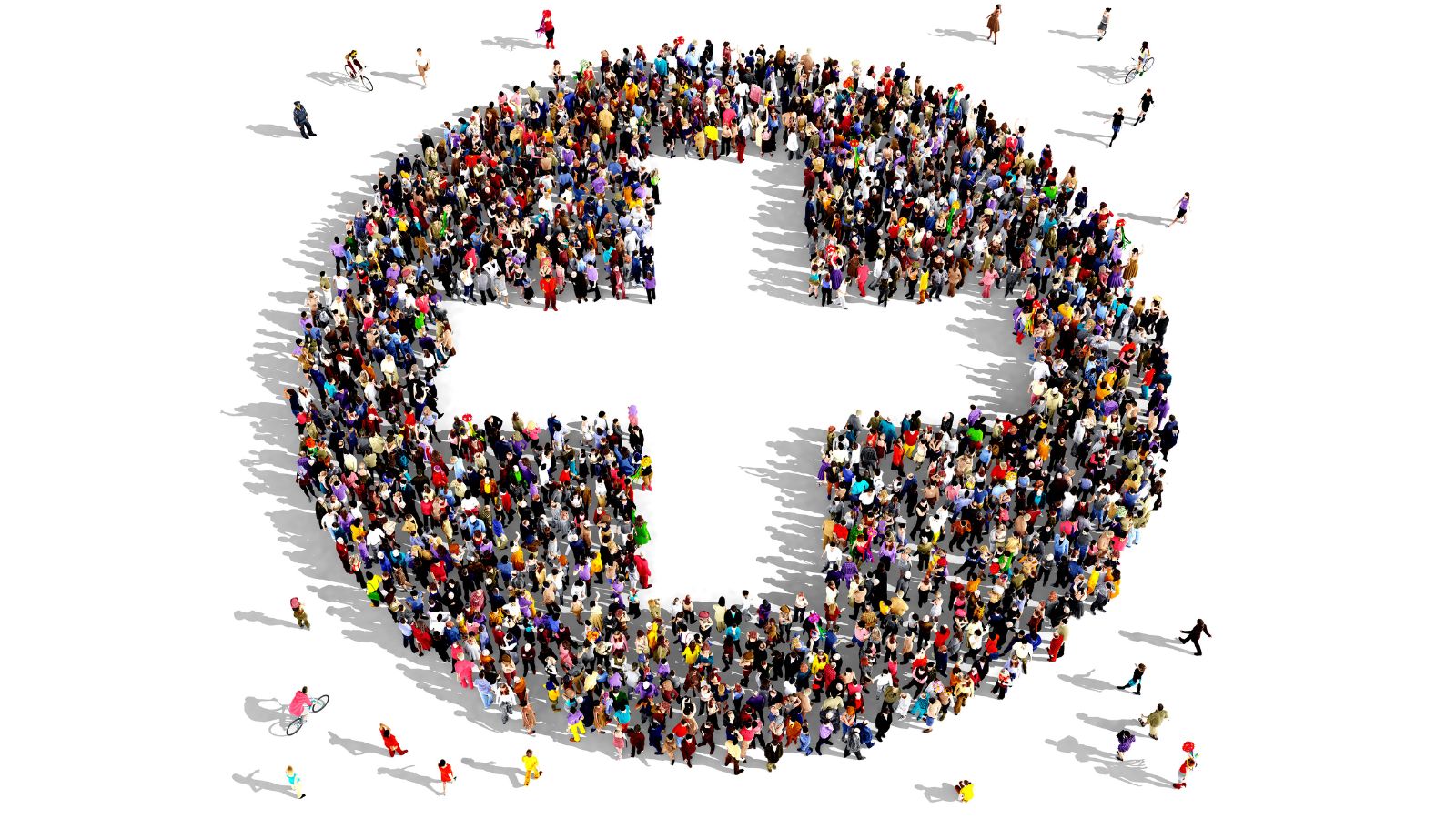
Healthcare in large cities can come with higher out-of-pocket expenses. In areas with a high cost of living, healthcare providers may charge more for services, and health insurance premiums may be higher. Specialist visits, dental care and hospital stays in urban areas can cost significantly more than in rural regions.
Insurance Premiums

Auto, renter’s, and even health insurance premiums are typically more expensive in big cities. The risk of accidents, theft and natural disasters, like floods, tends to be higher in dense urban areas, leading to increased insurance rates.
Personal Security Costs

In big cities, some residents may choose to invest in personal security measures. This can include installing home security systems or paying for gated communities and concierge services. These additional layers of security add to monthly expenses, especially in cities where crime rates may be higher.
Entertainment and Nightlife

City life offers plenty of entertainment options, from concerts to theater shows and nightclubs. However, enjoying the city’s cultural offerings often comes with a high price tag. Tickets for events, cover charges for clubs and dining at high-end restaurants can quickly drain your budget.
Fitness

Gym memberships and fitness classes are more expensive in large cities due to the higher cost of living. Boutique fitness studios, yoga classes and personal trainers in big cities often charge premium prices, making staying fit a costly endeavor.
Childcare and Education

For families living in big cities, childcare is often one of the most expensive aspects of city life. Daycare centers and nannies charge significantly more in metropolitan areas and the cost of private schools can also be prohibitively high. Public schools in certain neighborhoods may also come with hidden costs, such as high property taxes.
Taxes

In some cases, city dwellers face additional taxes that suburban or rural residents may not. Cities like New York impose a local income tax on top of state and federal taxes. Moreover, property taxes and sales taxes in urban areas can also be higher, adding to the cost of city living.
Higher Clothing Costs

Fashion tends to be more expensive in big cities where trendy shops and designer boutiques dominate. There is also social pressure to keep up with the latest trends, which can result in spending more on clothing and accessories.
Increased Cost of Leisure Travel

While big cities may be hubs of activity, escaping them can be costly. Whether you’re taking a weekend trip out of the city or planning a longer vacation, traveling from a large urban center often comes with premium prices, whether for flights, accommodations, or even transportation to and from airports.
Unexpected Emergencies
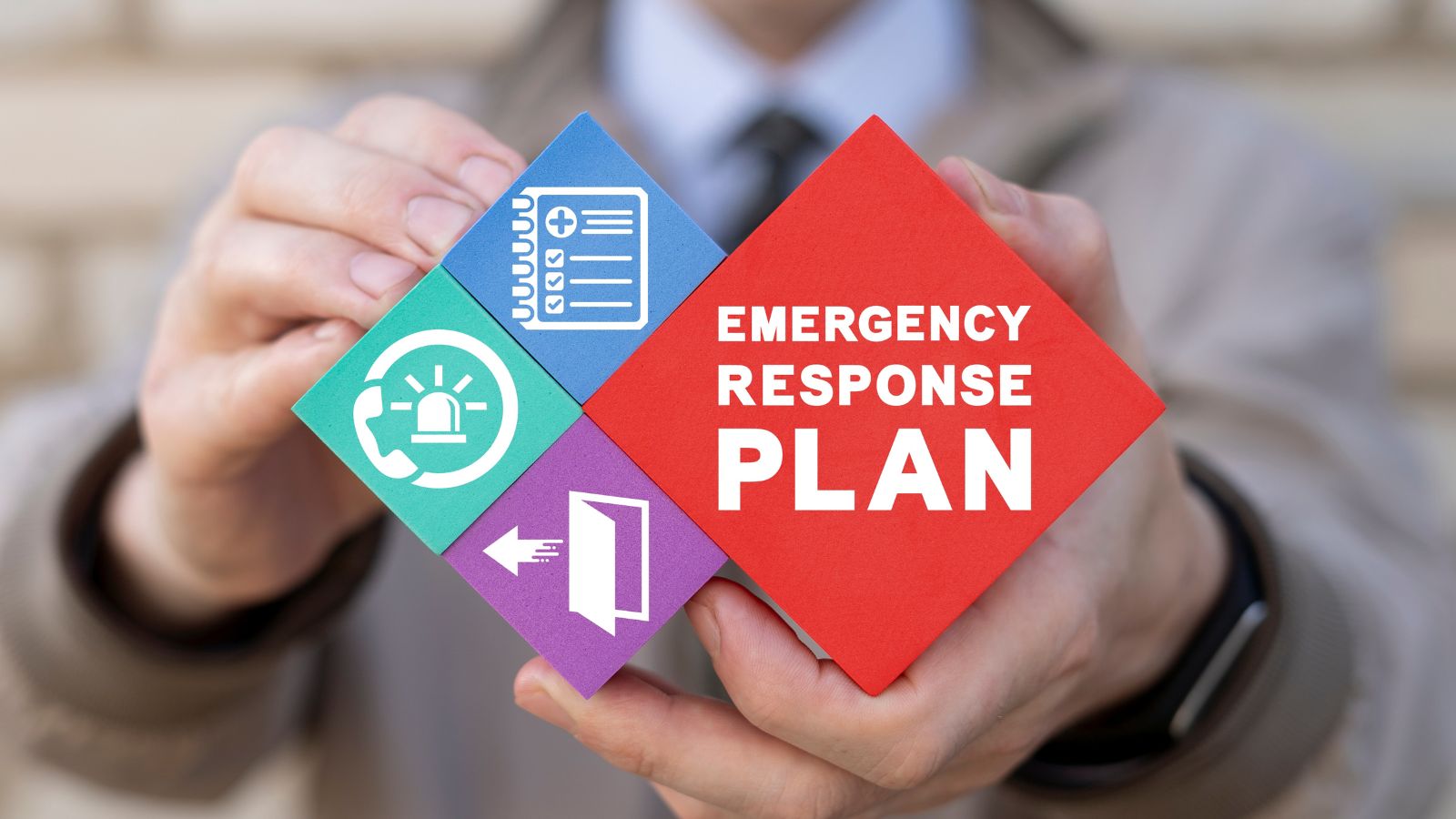
Living in a city can sometimes mean dealing with unexpected emergencies. Whether it’s a car breakdown, a home repair, or a medical issue, urban residents often face higher costs to deal with these unforeseen events, as city services tend to be more expensive.
Social Obligations
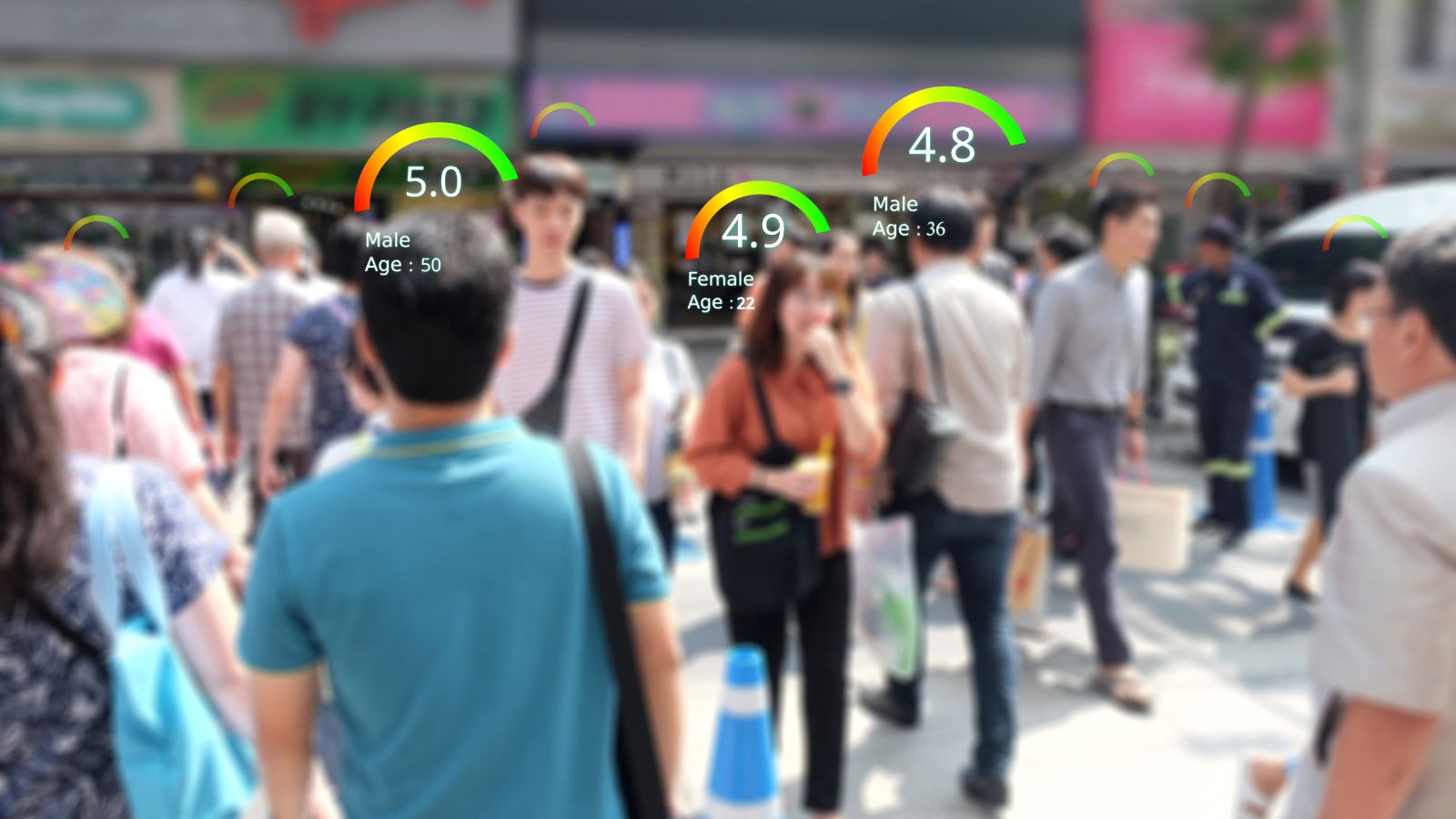
In urban settings, the social calendar is often busier. There are more weddings, parties and networking events that can require everything from new outfits to expensive gifts. Socializing in a big city can be a pricey endeavor due to the sheer number of events and activities available.
Pet Care

Owning a pet in the city can be more expensive than in rural or suburban areas. Pet daycare, boarding services and even veterinary visits often come with urban markups. Additionally, some city buildings charge extra fees for pet ownership or have specific rules that require more frequent veterinary visits or licenses.
Time Costs

Lastly, while not a direct financial cost, the time lost in city traffic, waiting for public transportation, or navigating crowded streets can indirectly affect your wallet. Time is money, and the hours spent commuting or waiting in line can reduce productivity, increase stress, and take away from opportunities for other activities or additional work.
18 Reasons Why People Are Leaving Florida in Masses

Exploring factors that impact the desirability of living in Florida, this list delves into various challenges shaping residents’ experiences. From environmental concerns like rising sea levels to economic factors such as fluctuating job markets, these issues collectively contribute to a nuanced understanding of the state’s appeal.
18 Reasons Why People Are Leaving Florida in Masses
